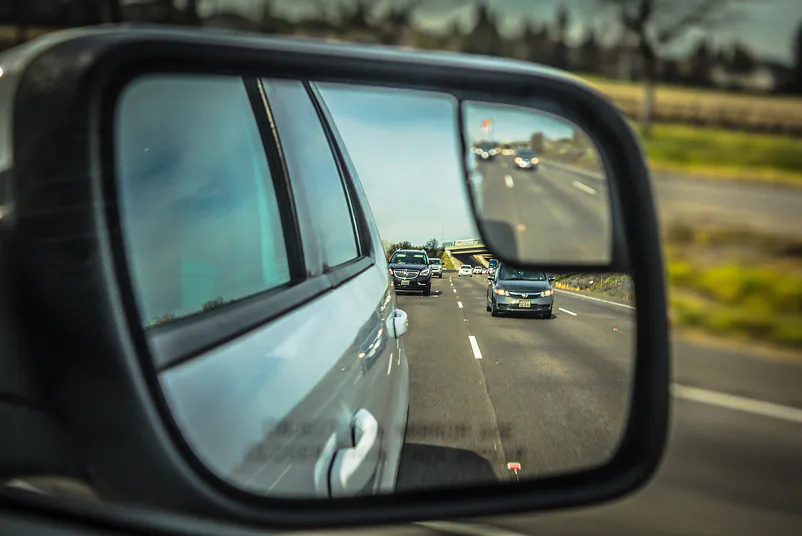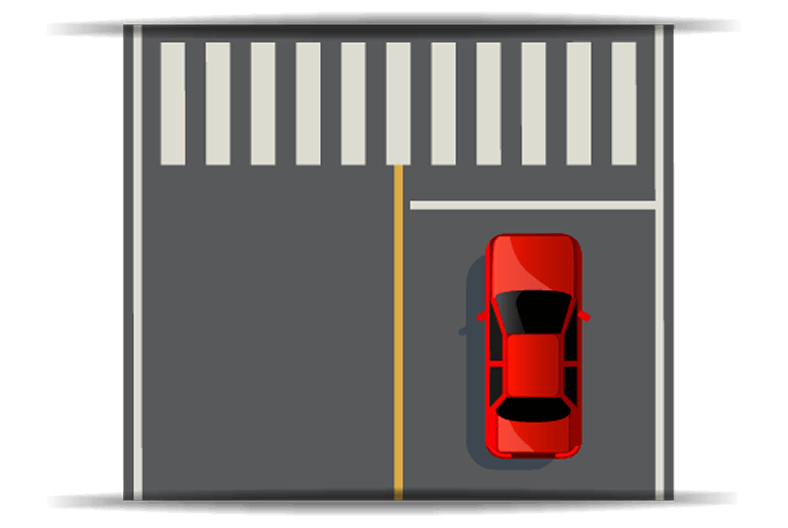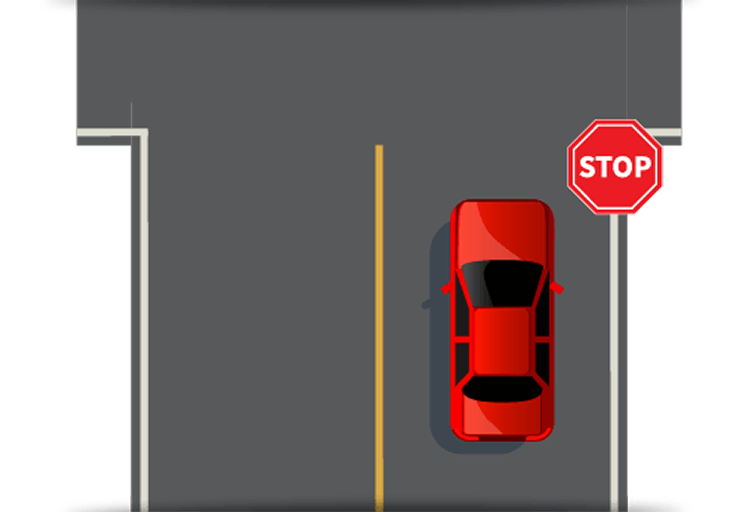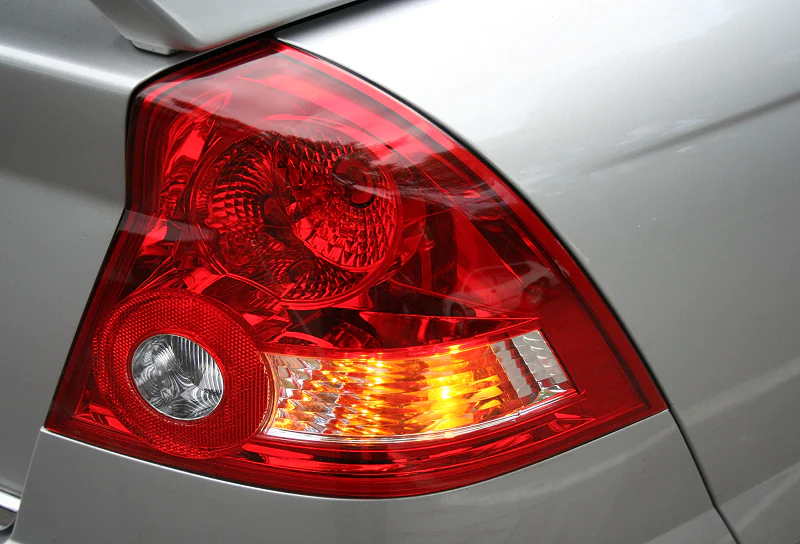Section 8: Basic Driving
Lane Changes
During the driving skills test, you will be asked to change lanes to the left and back to the right.
You should make the necessary traffic checks first by:
- Checking your mirrors.
- Signal for at least two (2) seconds in the direction you intend to move.
- Check your “blind spot” by turning your head and looking over your shoulder in the same direction.
- Drive defensively by making sure your lane change can be completed safely.
- Merge when safe.
- Maintain or adjust your speed to go with the flow of traffic.
- Cancel your turn signal.
Proper Lane Usage
Do not put the vehicle over curbs, sidewalks, or lane markings. Complete a turn in the proper lane on a multiple-lane road (vehicle should finish a left turn in the left-most lane, the one directly to the right of the centerline.) Finish a right turn in the right-most (curb) lane. Move to or remain in the right-most lane unless the lane is blocked. Do not attempt lane changes at intersections.
Merging and Gore Area
If you are merging into a lane of traffic, you must yield the right-of-way to all vehicles traveling the continuing traffic lane that are close enough to be an immediate threat. It is against the law to cross over or to drive in the “gore area.”  The gore area is between the solid white lines of a lane of traffic and a lane used to either enter or exit from that traffic lane. The gore area can also appear when two (2) highways merge or split. Do not cross over the solid white line.
The gore area is between the solid white lines of a lane of traffic and a lane used to either enter or exit from that traffic lane. The gore area can also appear when two (2) highways merge or split. Do not cross over the solid white line.

Merge like a zipper. The ZIPPER METHOD is the idea of alternating when merging at a congested merge point (i.e., construction zone.) Use both lanes of traffic until the vehicles reach the merge point, and once the vehicles reach the merge point, alternate, yielding the right-of-way into the single-traffic lane. A violation of this section is an infraction.
Regular Traffic Checks/Head Checks
Check traffic and mirrors regularly. Check traffic and mirrors before, during, and after an intersection, turn, or lane change. Watch for hazards by searching left and right at intersections, driveways, store entrances, railroad tracks, or other areas where traffic intersects. Scan and check traffic in high-volume areas and areas where pedestrians are expected to be present. Check traffic by looking over your shoulder (head check) when necessary (i.e., lane change, merging.)

Stopping at Stop Line, Crosswalk or Gap
Do not stop over a marked stop line, pedestrian crosswalk, sidewalk, or other markers when stopping at a stop sign or traffic signal. Do not stop the vehicle at the intersection. When stopping behind another vehicle, ensure you can see the rear wheels of the vehicle in front of you.

STOPPING BEHIND THE WHITE LINE
Many drivers fail to stop before the stop line during the skills test.

NO CROSS WALK
If no stop line is present, remember to stop before the stop sign.
Use of Turn Signals
Use turn signals when required. Do not signal too early or too late. Cancel turn signals upon completion of a turn or lane change.

